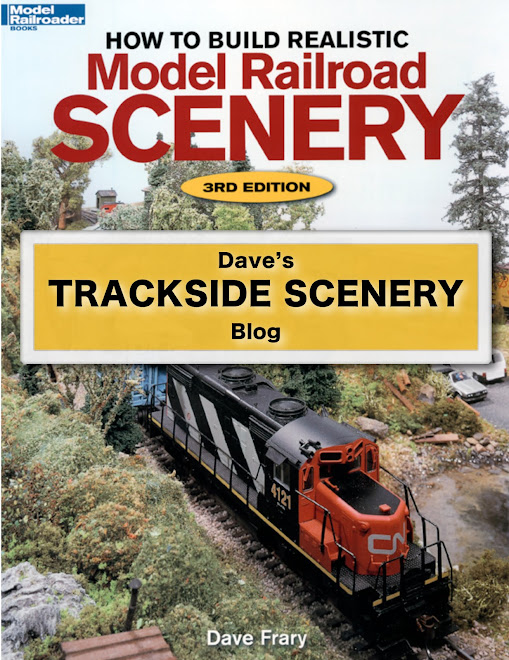

This is a mock-up of a front of a diorama I'm thinking of building. The windows are 1" scale and the room will be paneled like you see in colonial bedrooms. Looking out the window you'll see the effects of the great Nantucket fire of July 13th 1846. I'm going to build Main Street and India Streets in perspective showing the fire progressing up the street.
If you Google the Nantucket fire of 1846 you'll get a few hits but they all paraphrase an account given by an eye witness at a lecture in 1901. There are no pictures, it's too early in history and there's one newspaper etching which is not helpful.
There is a map, which is helpful. Ninety percent of downtown Nantucket was destroyed and 800 people were left homeless. Food and building materials were brought from the mainland when the folks there heard about the tragedy.
From the Mass. News Google search "a fire began at 11:00PM in a hat store on Nantucket's Main Street. In no time, it raced through town, consuming everything in its path. Barrels of whale oil were stored on the wharves; when the fire reached them, they burst into flames. The burning oil flowed into the water, creating what one man described as "a sea of fire." Seven hours later most of the town's commercial area lay in ashes. Some 250 buildings had been destroyed — almost all the markets and shops, seven factories that processed whale oil, a dozen warehouses, three of the town's four wharves, and many homes. The fire had lasting consequences: it contributed to the demise of Nantucket as the world capital of the whaling industry."
I'm going to try to build a model that will show-off the fire. Now I have to figure out how to make "cold" fire.

















